Currently, there is not a lot of human research to tell us exactly which natural oils will be transferred in this way, so it is generally considered wise to err on the side of caution when it comes to essential oils during pregnancy. If the idea of using them, well-diluted in a carrier oil or even in an aromatherapy diffuser, fills you with fear or concern, it may be better to avoid them altogether during this time.
Ideally, we want well-diluted, pure essential oils to lend support and joy to mamas, while also respecting the important changes that are happening in their bodies and minds. Aromatherapists believe that the safest, most effective way to accomplish this is to use minimal dosages of the very best essential oils available.
To Make a 1% Essential Oil Dilution: Add 6 drops of Essential Oil to Each Ounce of Carrier Oil.
This method will allow the mother to have the kinship of her plant allies, while also avoiding any interference with the development of the fetus. So, let’s discuss which essential oils are traditionally recognized as safe for pregnancy and breastfeeding, as well is which ones to avoid at various stages.
Gentle Essential Oil Blend - 100% Pure Essential Oil Blend for New Mothers, Newborns, Elderly & Sensitive
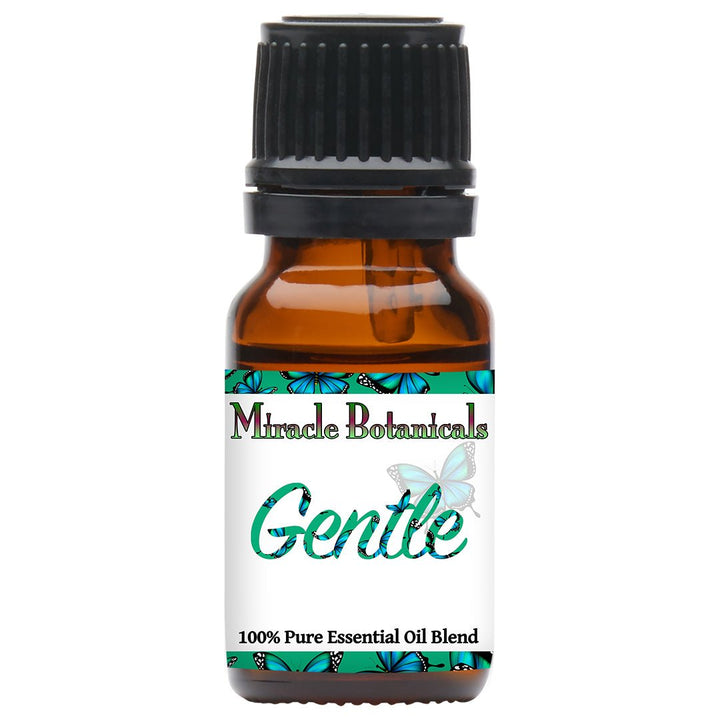
$12.97
Safe for babies and children when properly diluted - see details under recommendations for dilution ratios by age 100% Pure Essential Oils of Frankincense Sacra, Roman Chamomile, German Chamomile, Cape Chamomile, Mandarin, Blue Yarrow, Helichrysum Italicum Essential Oils Aroma: Sweet and… read more
Safely Using Essential Oils for Pregnancy and Breastfeeding
Since the first trimester (3 months) of pregnancy is the most delicate and vulnerable part of the journey, most aromatherapists recommend that pregnant people only use essential oils at a 1% dilution, and only as needed. This is a good time to take a break from daily use of essential oils.
Mama may notice changes to the experience of many sensations during this time including heightened awareness of different aromas. Thus, she may not want anything to do with the potent fragrances of essential oil scents! It may seem that the mother’s own biology and way of intuitively experiencing her surroundings are, in fact, leading her toward the things she needs and away from the things she does not.
Once the second trimester of pregnancy has begun, the use of essential oils is generally considered to be safer for mama and baby, though it is best to keep in mind that there are some oils that, at any stage, are considered unsafe. In the second and third trimesters, a dilution of 2.5% may be used for short periods of time.
To Make a 2.5% Essential Oil Dilution: Add 15 drops of Essential Oil to Each Ounce of Carrier Oil.
The following essential oils are generally regarded by aromatherapists as safe to use during pregnancy:
Note: This is not a complete list. To see all of the essential oils that are regarded as safe to use while pregnant, see this collection.
*These are stronger oils, so use them with care and caution.
$59.97
Botanical Name: Santalum Paniculatum Common Name: Hawaiian Sandalwood, 'Iliahi Plant Part: Heartwood Method of Extraction: Steam Distilled Country of Origin: Hawaii, USA Color/Consistency: Clear Yellow-Gold Color with Thin-Medium Consistency Aroma: Warm, Sweet, Rich, and Woodsy Perfumery Note: Base Main Chemical Components: Cis- alpha… read moreSandalwood Hawaiian Essential Oil (Iliahi) - Organic (Santalum Paniculatum)

The following essential oils should not be used during pregnancy:
|
|
|
|
|
|
|
|
|
|
|
|
|
|
|
|
|
|
|
|
|
|
|
|
|
|
|
|
|
|
|
|
* Many holistic sources recommend avoiding these essential oils because they are thought to cause premature contractions. The same oils can be used when breastfeeding, and in some cases during labor (For example, Jasmine is well-researched and shown to be helpful during labor).
Essential Oils During Pregnancy - What We Know
Women the world over have traditionally used essential oils to ease many discomforts of pregnancy and breastfeeding. While not intended as medical advice, for the following common complaints, here are some recommended oils that many women feel have helped them over the years.
➢ Nausea:
Peppermint essential oil is a traditional treatment. Peppermint oil can aid with bile production problems, nausea, heartburn, and other digestive issues. Please don’t use it too often because it’s a strong oil. All required is one drop, well diluted, or in an oil diffuser. Peppermint should not be used after 25 weeks since it can decrease breast milk production in some people.
Nausea is frequently linked to a weak liver, which is stressed due to pregnancy hormones. Lemon or fresh citrus oils, diluted and applied to the liver area or feet, can help digestion.
Peppermint Essential Oil - USA (Mentha Piperita)
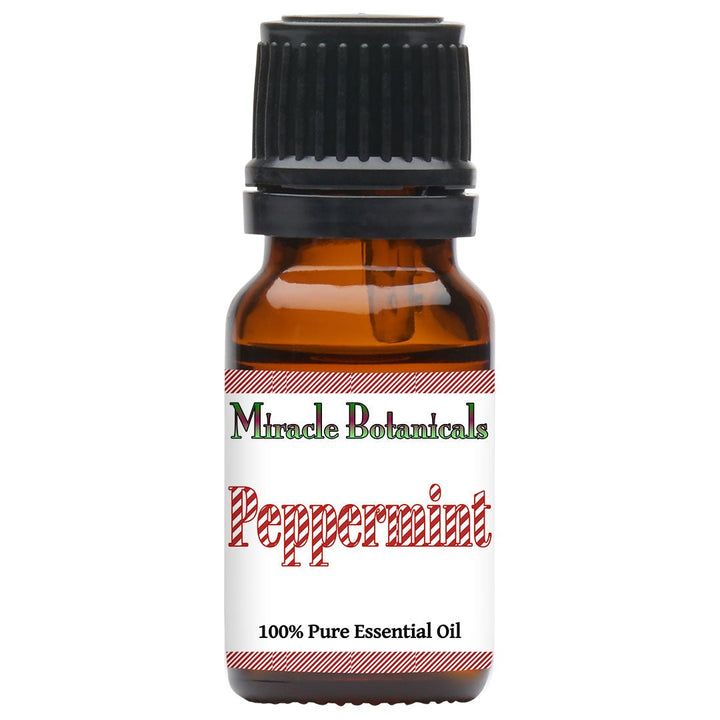
$11.97
Botanical Name: Mentha Piperita Plant Part: Arial Parts Method of Extraction: Steam Distilled Country of Origin: USA (Williamette Valley) Color/Consistency: Light Yellow/Clear Color with Thin Consistency Aroma: Fresh, Minty, Hot, and Herbaceous Perfumery Note: Top Main Chemical Components: Menthol (47.22%),… read more
➢ Fatigue:
Citrus oils such as Lemon, as well as Peppermint, can help with fatigue. In the early or mid-afternoon, diffuse some citrus oils. Fill a 2-ounce bottle with purified water, witch hazel, and 10-15 drops of citrus essential oils to make a spritz spray
➢ Sleep:
Sleep problems are common during pregnancy. The mama may feel exhausted throughout the day, but can’t get enough sleep at night! Fortunately, some fantastic relaxing essential oils for sleep can be used while pregnant. Cedarwood, Vetiver, Tangerine and especially Lavender essential oil are among the greatest aromatherapy oils promoting deep sleep. Before going to bed, diffuse any of these. You can even massage your feet if you choose. Make a sleep spray, and spray your linens and pillow with it.
➢ Headaches:
Ylang Ylang or Grapefruit are both excellent essential oils for headaches. Try 1 drop of essential oil per 1 tsp carrier oil, rubbed into temples, back of the neck, and inhaled for support and comfort.
➢ Sore Muscles
Minor muscle aches, painful backs, and tight necks may occur as the belly expands. Peppermint, Copaiba, and Frankincense essential oils are excellent oils for relieving painful muscles. Dilute one or more of these and apply them to your muscles for soothing relief.
Copaiba Essential Oil (Copaifera Langsdorfii)
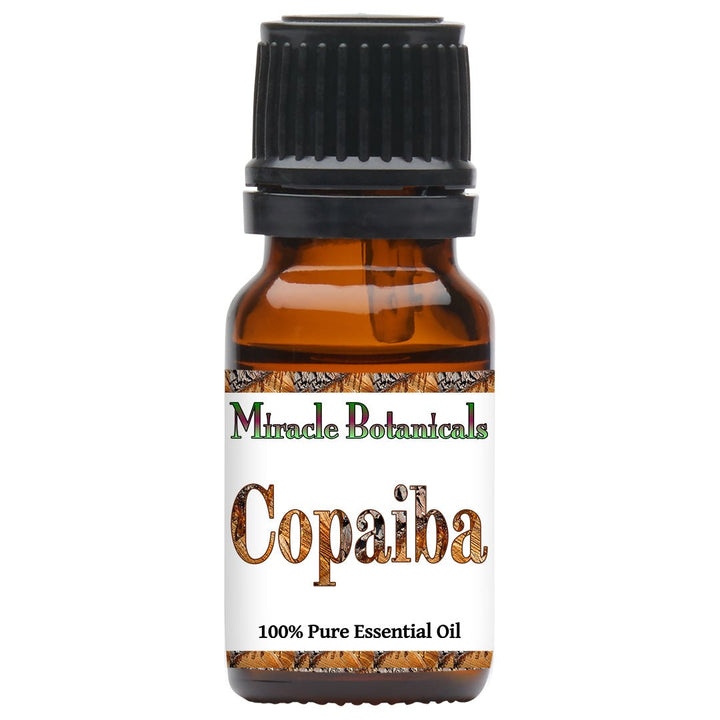
$11.97
Botanical Name: Copaifera Langsdorfii Plant Part: Balsam Method of Extraction: Steam Distilled Country of Origin: Brazil Color/Consistency: Pale Yellow to Brown Color with Medium Consistency Aroma: Mild, Sweet, Slightly Balsamic, and Woody Perfumery Note: Base Main Chemical Components: beta-Caryophyllene (55.28%),… read more
Safest Ways to Use Essential Oils During Pregnancy and Breastfeeding
❖ The feet are an excellent place to apply essential oils while pregnant because they are one of the safest and most effective places to apply oils to our bodies. All of the body systems are linked to the feet, making them a great catch-all, and you can even target trigger points to help with specific body issues
❖ Oils can be applied to specific pain areas, such as the temples for a headache or the lower back for sciatic nerve pain.
❖ Diffusion is an excellent way to enjoy the benefits of essential oils. Only a few drops are needed to fill the room with your chosen aroma and enjoy its therapeutic benefits safely.
❖ Essential oils should not be consumed or inserted into the body while pregnant or breastfeeding.
❖ The outside of the ears can be a wonderful place to apply essential oils when dealing with the emotions that arise during pregnancy and especially postpartum.
❖ Always dilute your oils, unless they are going in your diffuser!
Dilution of Essential Oils
Diluting our essential oils can help us to enjoy them in a gentler way! To get an easy mixture, try using 1 drop of essential oil in a Tablespoon of your favorite carrier oil. If you find that more essential oil is desired, you can also try putting your single drop of essential oil in a Teaspoon of carrier oil.
Lavender (New Zealand) Essential Oil (Lavandula Angustifolia
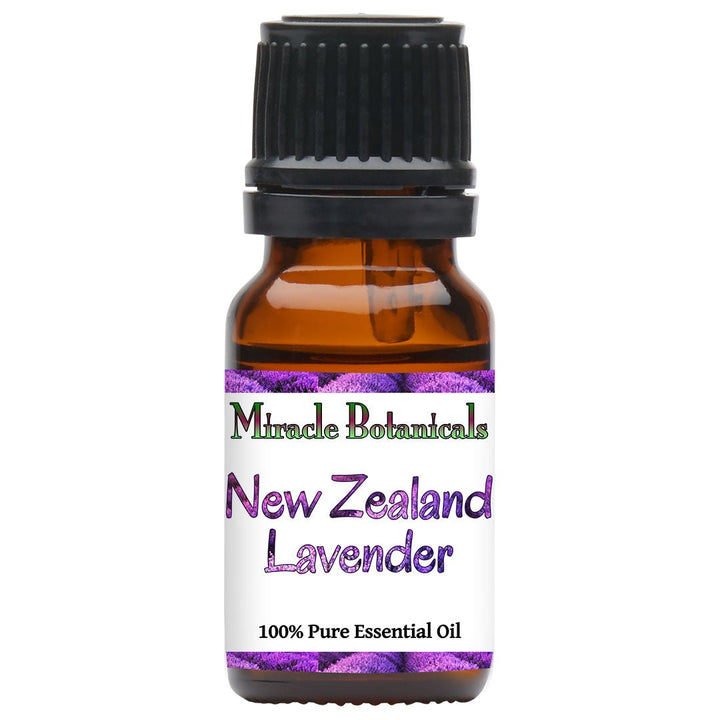
$12.97
Botanical Name: Lavandula Angustifolia Plant Part: Flowering Tops Method of Extraction: Steam Distilled Country of Origin: New Zealand Color/Consistency: Clear with Thin Consistency Aroma: Fresh, Sweet, Floral, Herbaceous Perfumery Note: Middle Main Chemical Components: Linalyl acetate (50.33%), Linalool (12.78%), Cis-β-ocimene… read more
Recipes
Here are some simple and enjoyable recipes that use safe pregnancy oils with proper dilution
Relax Your Feet
- 1 drop Juniper Berry
- 1 drop Cypress
- 1 drop Frankincense
- 3 tsp Meadowfoam Seed Oil (or other carrier oil of choice)
Mix essential oils and carrier oil and massage into feet and legs to relax.
Smooth Baby Bump
- 2 tsp Argan Oil
- 1 drop Roman Chamomile
- 1 drop Lavender
- 1 drop Frankincense
Mix 2 tsp Argan Oil with essential oils and rub onto your belly for smooth skin.
Diffuser Blend for Morning Sickness
- 1 drop CO2 Ginger
- 1 drop Lavender
- 1 drop Black Pepper
- 1 drop Pink Grapefruit
Add these essential oils to your aromatherapy diffuser and breathe deeply for relief
Pink Grapefruit Essential Oil (Citrus Paradisi)
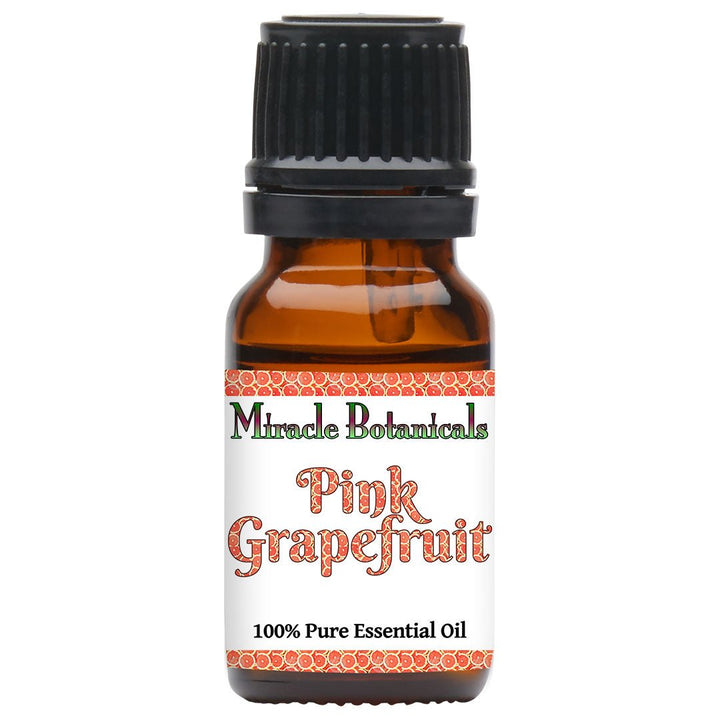
$10.97
Botanical Name: Citrus Paradisi Plant Part: Peel / Method of Extraction: Cold Pressed Country of Origin: USA Color/Consistency: Bright Orange with Thin Consistency Main Chemical Components: Limonene (93.36%) Caution: Pink Grapefruit Essential Oil is phototoxic, which means it should not be used… read more
Giving Birth
If the mother is going through a natural delivery, this blend can help her relax and strengthen her contractions towards the end of her labor. Medical professionals recommend avoiding essential oils if an epidural, c-section, or emergency care is required.
- 1 oz Argan Oil
- 4 drops Fine French Lavender
- 3 drops Roman Chamomile
- 6 drops CO2 Jasmine Dilute
Massage the blend into the mother’s lower back area between contractions.
For more information about how to enjoy an aromatic lifestyle with essential oils while breastfeeding, check out our blog post called Essential Oils While Breastfeeding.






